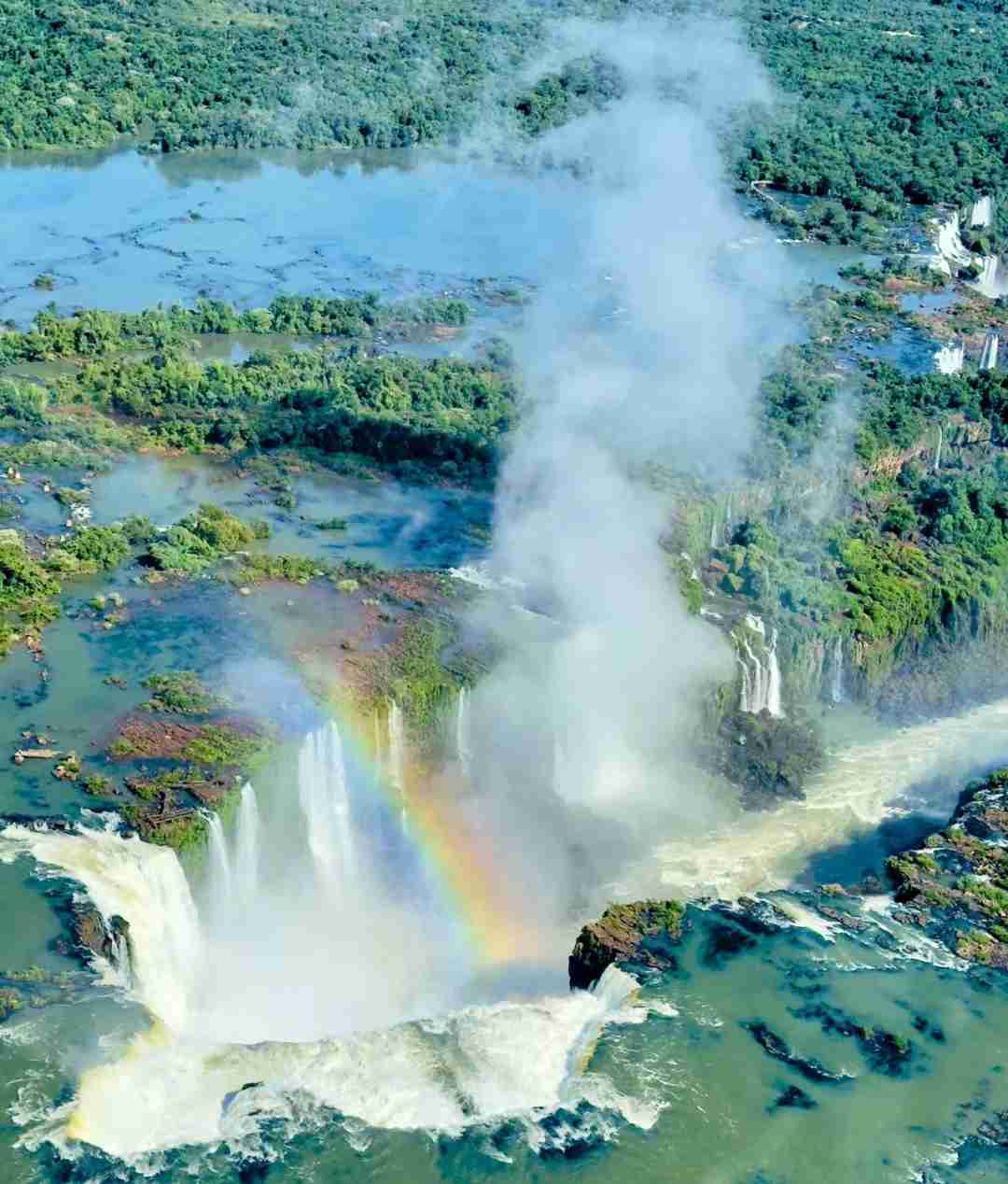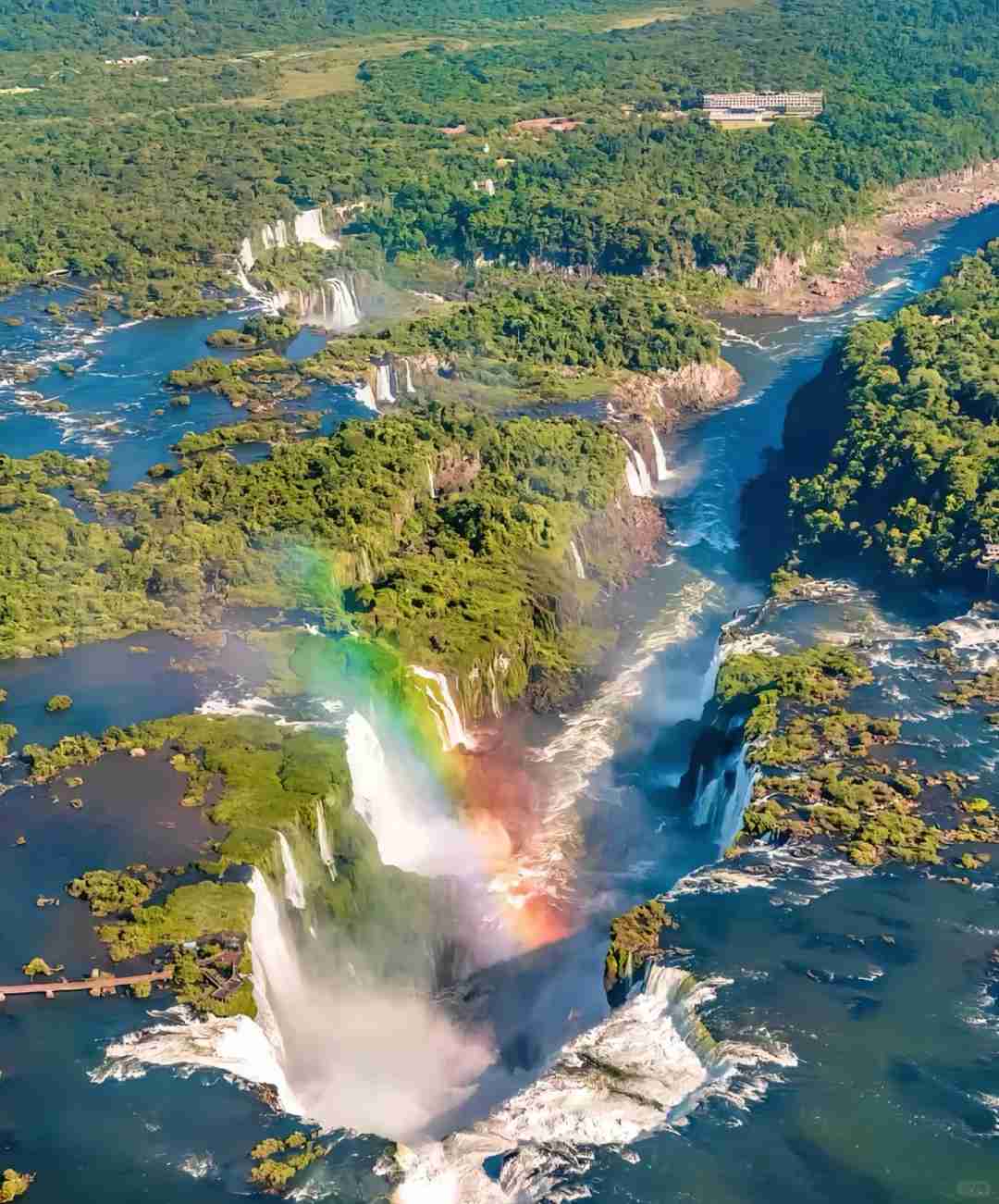Discover the Breathtaking Iguazu Falls: South America’s Natural Wonder
Iguazu Falls is a breathtaking natural wonder of South America, and no visit to this enchanting land is complete without experiencing its awe-inspiring beauty. Nestled within the Iguazu National Park, one of the world’s three largest waterfalls, the Iguazu Falls, cascades from a great height, creating a massive mist that forms splendid rainbows under the sunlight.
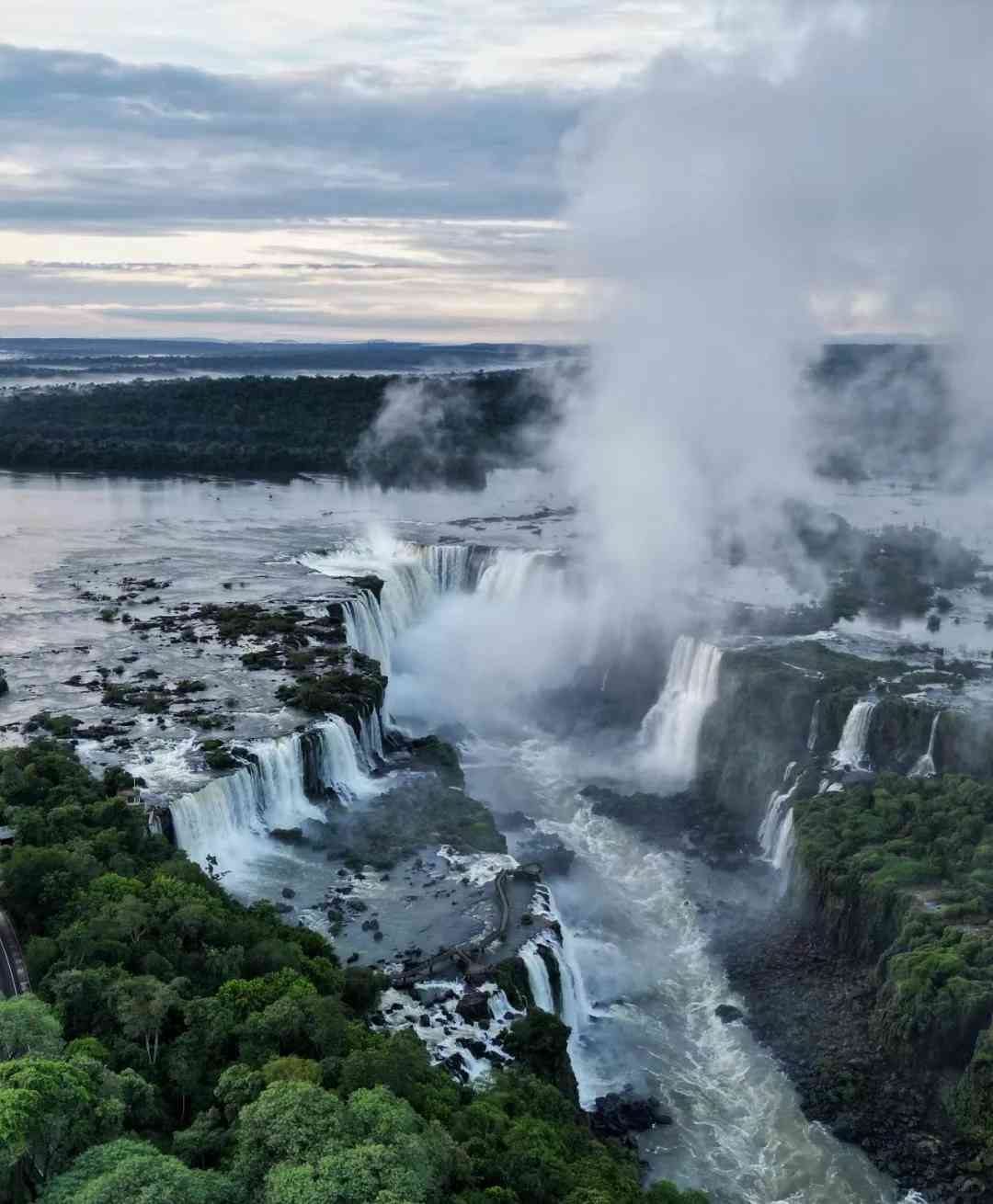
Flocks of birds soar through the mist, and the park is home to a rich variety of wildlife, including the South American raccoon, numerous bird species, and even the elusive deer and jaguars.
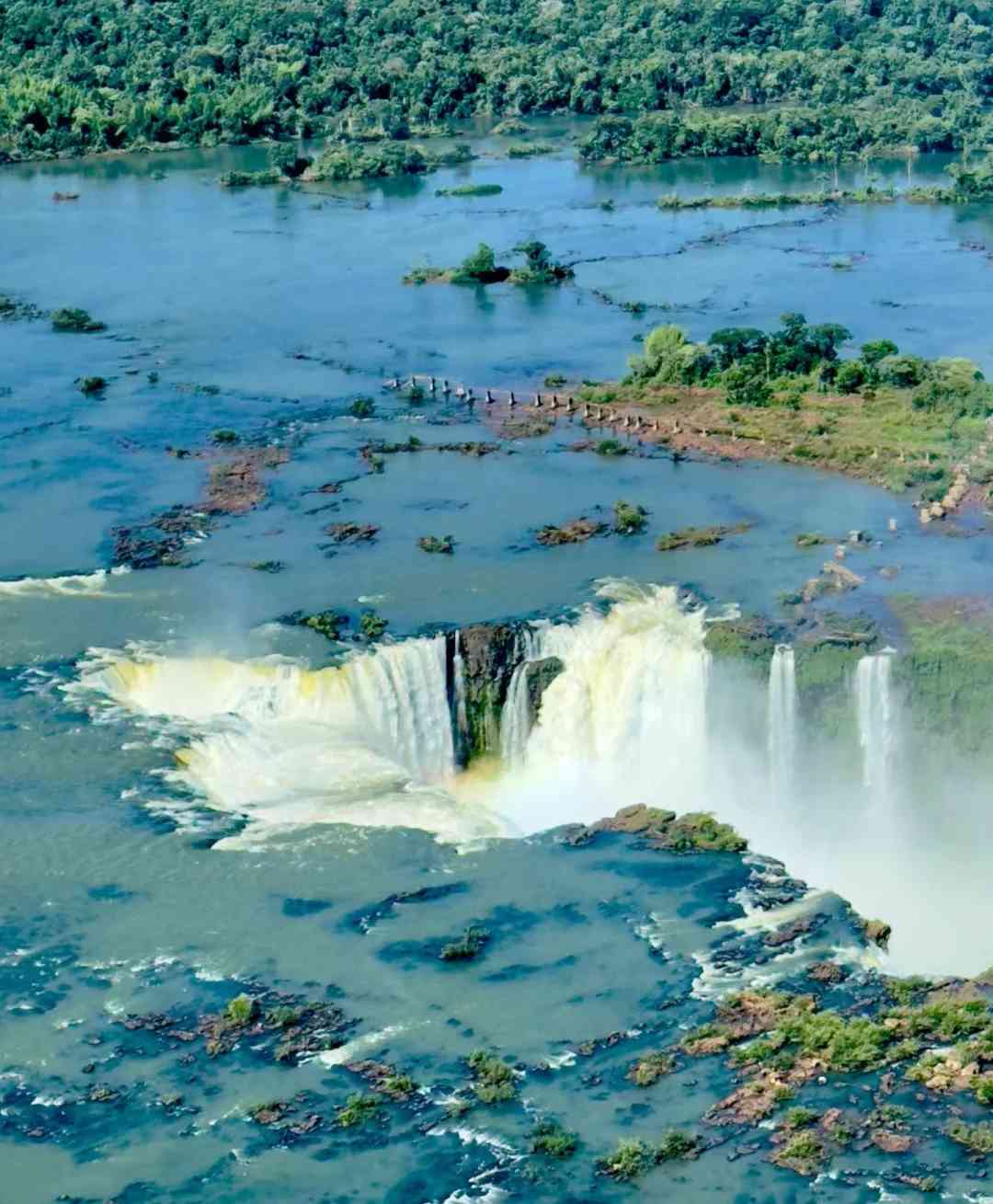
The Iguazu Falls are a marvel of nature, consisting of 275 waterfalls of varying sizes, making it the widest waterfall in the world with a width of 2.7 kilometers—four times wider than Niagara Falls. The average drop is 60 meters, reaching up to 82 meters at its highest point. In 1984, the Iguazu Falls were recognized as a UNESCO World Heritage Site.
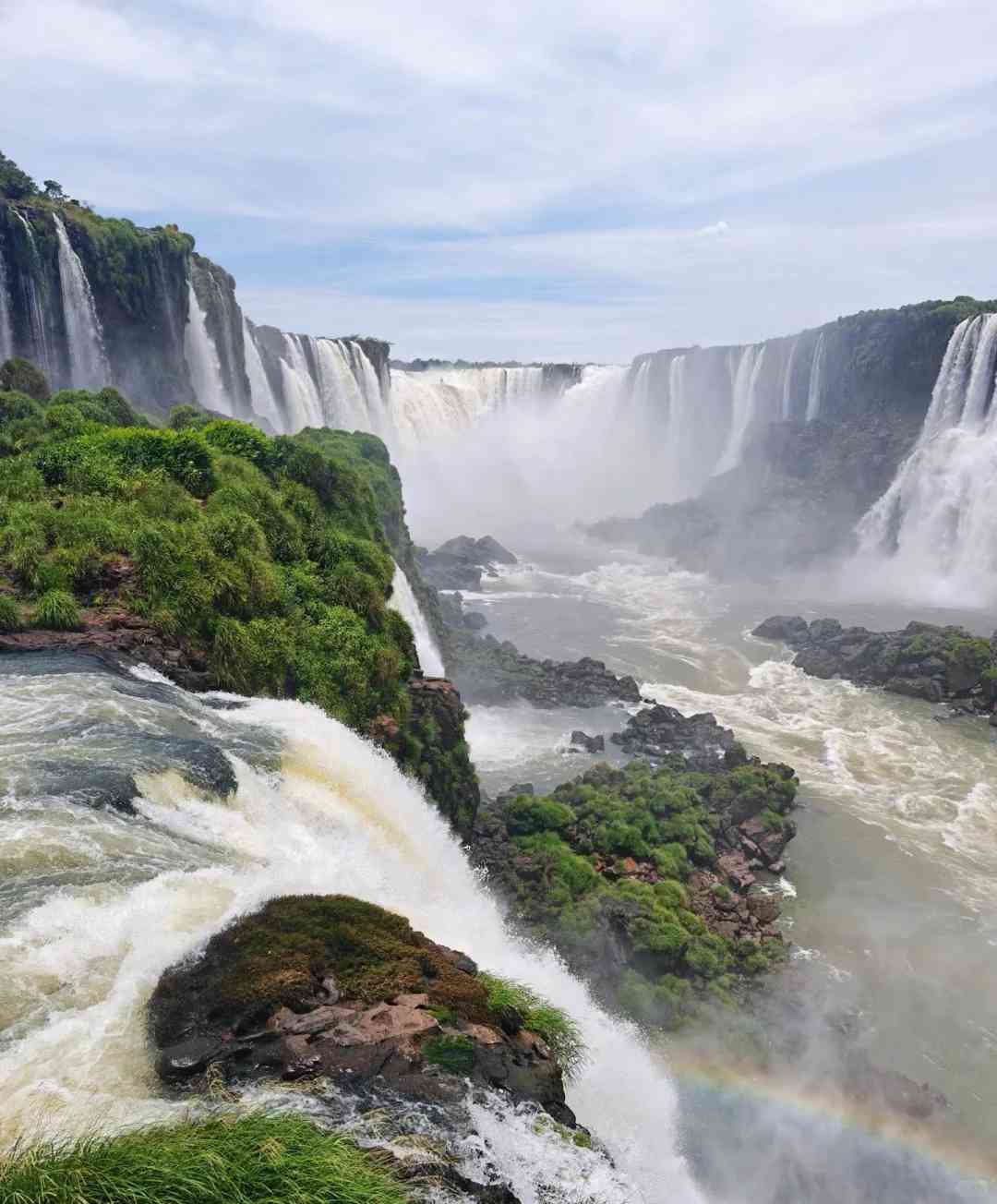
Among these, the Devil’s Throat is the most impressive, with a thunderous flow that borders the Iguazu National Park in Argentina. Here, numerous large and small waterfalls converge into a U-shaped grand spectacle, offering a breathtaking and intricate view.
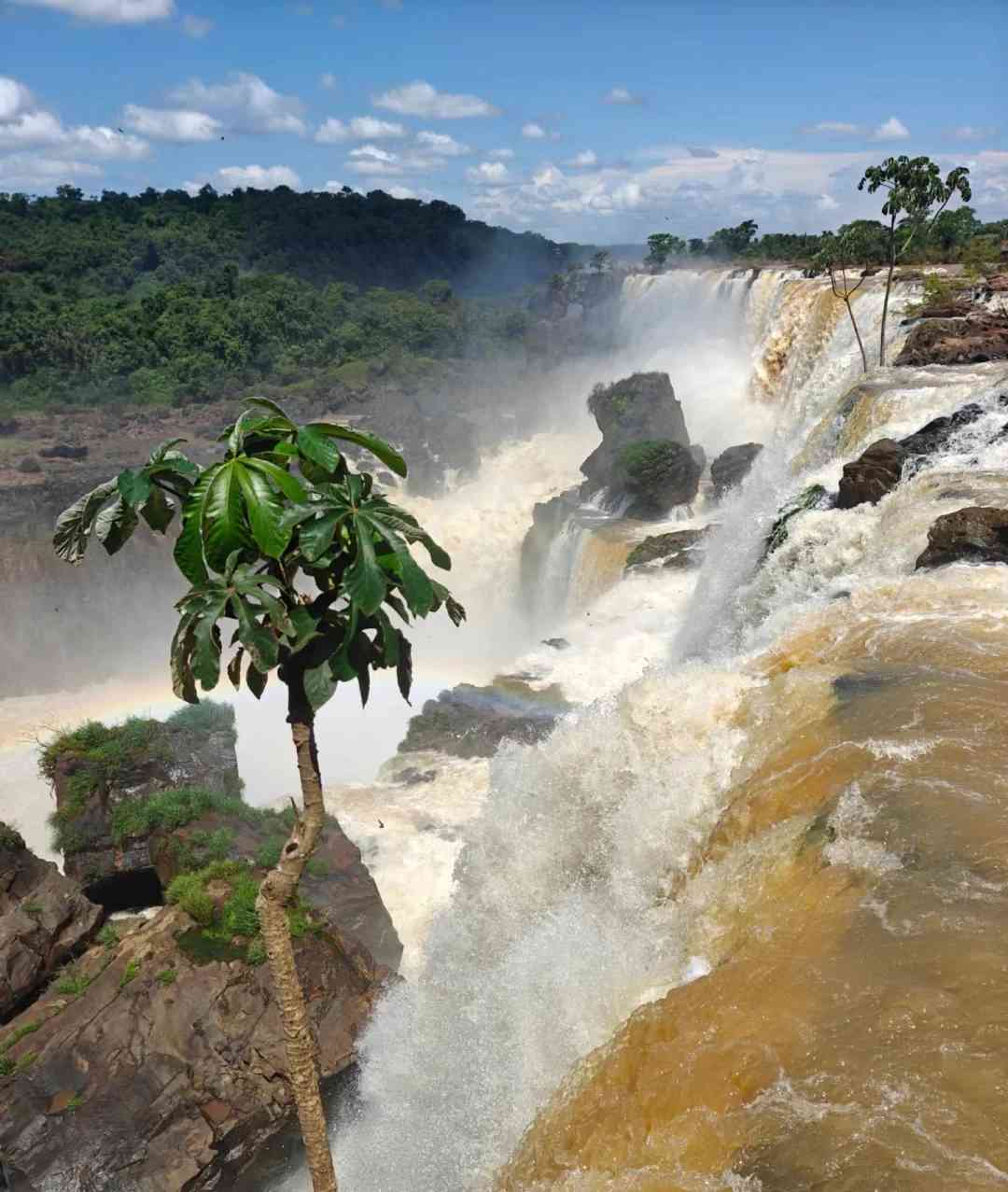
Visitors to the park can take a thrilling boat ride to feel the power of the waterfall or enjoy a helicopter tour for a panoramic view of the majestic falls. The Bird Park, covering 16 hectares of pristine forest, is a haven for over 140 species of animals, including birds, reptiles, and mammals. After marveling at the waterfalls, you can explore this wondrous world of birds, listening to their crisp and pleasant chirping.
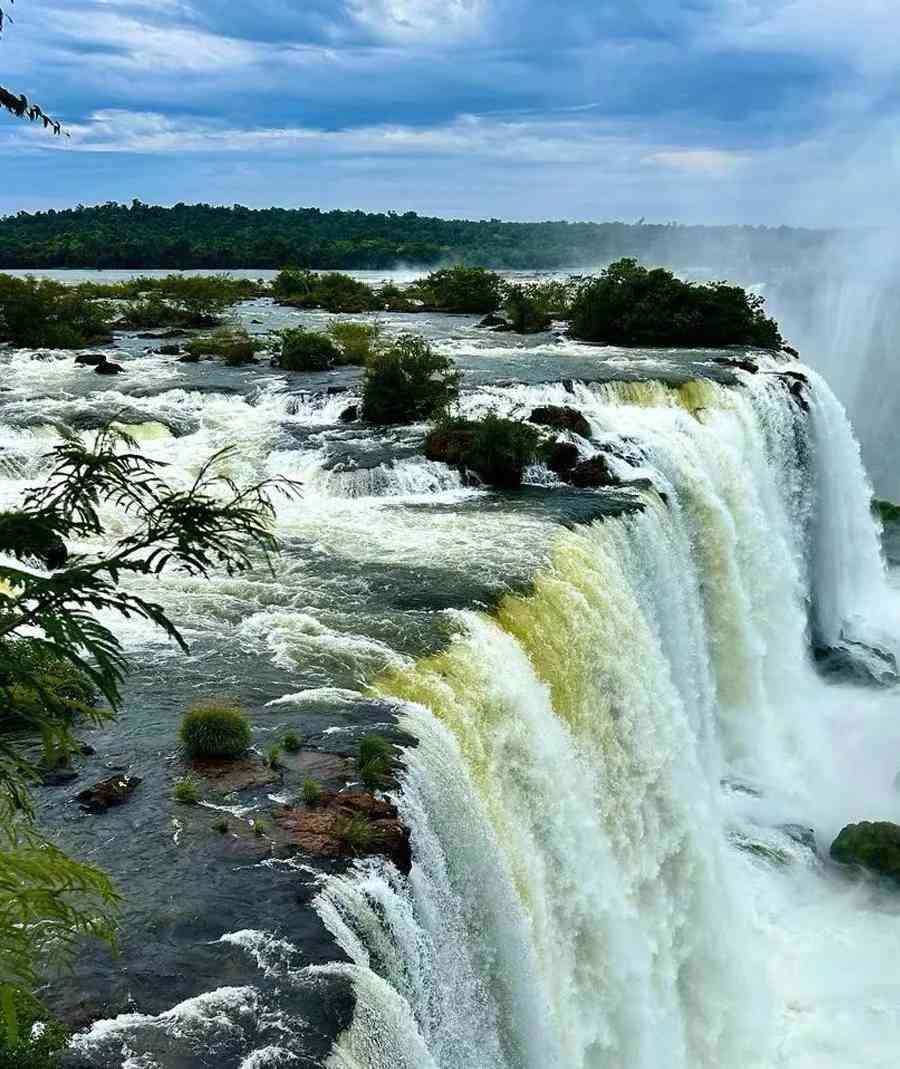
The Itaipu Hydroelectric Dam, located on the Paraná River between Brazil and Paraguay, was a monumental project jointly built by the two countries between 1975 and 1982. However, the creation of the dam’s reservoir led to the submersion of the former Guaíra Falls, also known as Sete Quedas, which was once the world’s largest waterfall system and the waterfall with the greatest volume of water, in 1982.
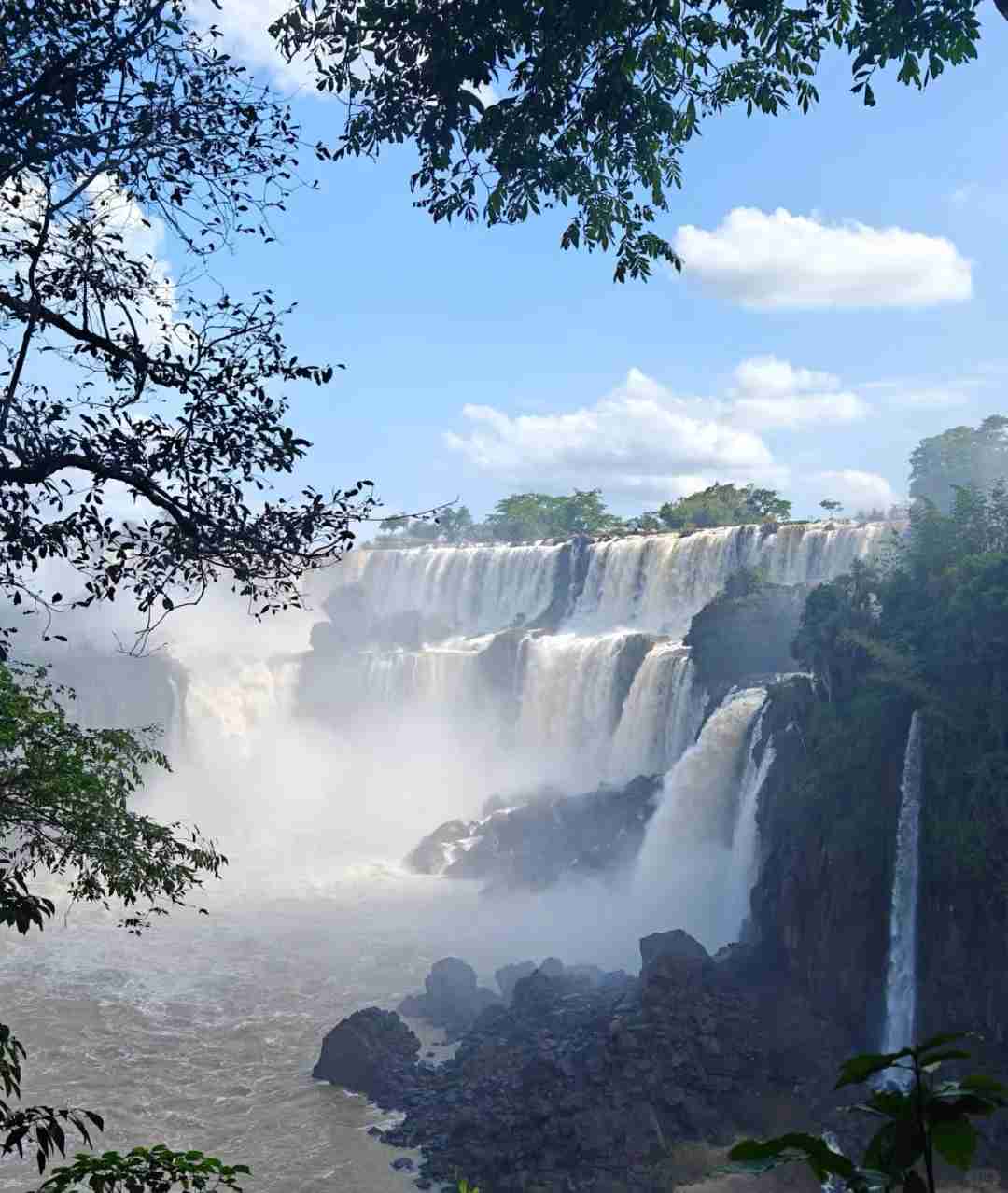
The Chengtian Temple, built in 1996 by the Chinese community in the tri-border area of Brazil, Paraguay, and Argentina, is a cultural gem. Due to its proximity to Paraguay, visitors may notice their mobile phones automatically change time zones. At the confluence of the Paraná and Iguazu Rivers, you can see the obelisks marking the borders of Brazil, Argentina, and Paraguay, each painted in the vibrant colors of their respective national flags.
